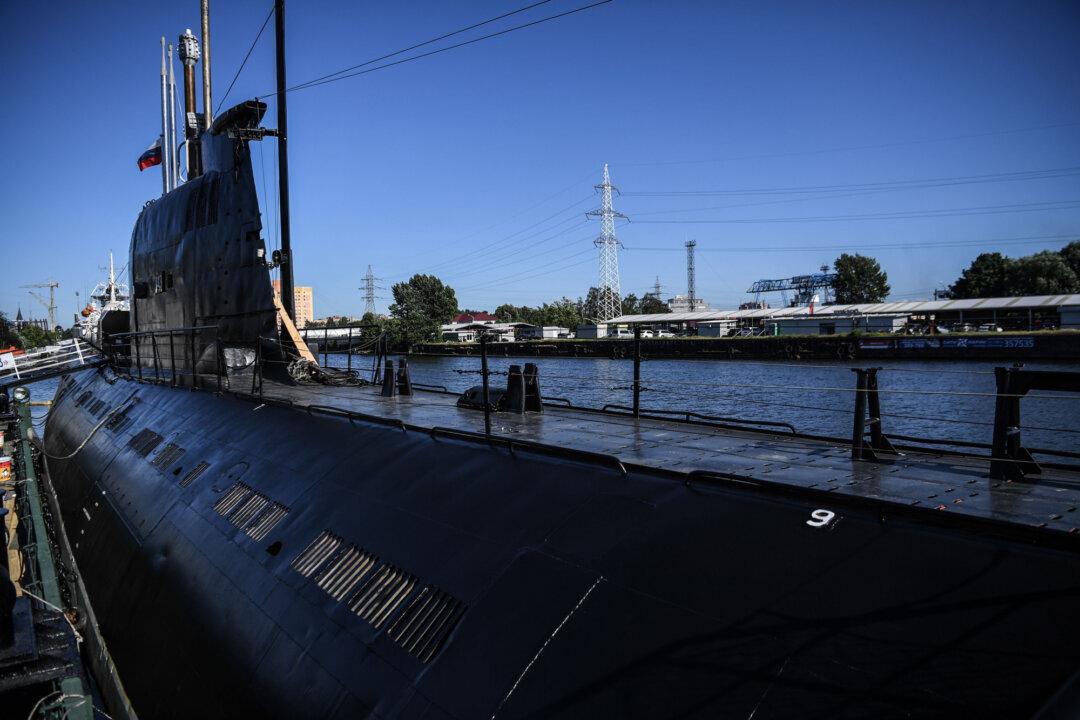Commentary
Fourteen Russian sailors, most of whom were senior officers, died of smoke inhalation on July 1 as they worked to stop the flames from spreading through their vessel in the Barents Sea.


Fourteen Russian sailors, most of whom were senior officers, died of smoke inhalation on July 1 as they worked to stop the flames from spreading through their vessel in the Barents Sea.